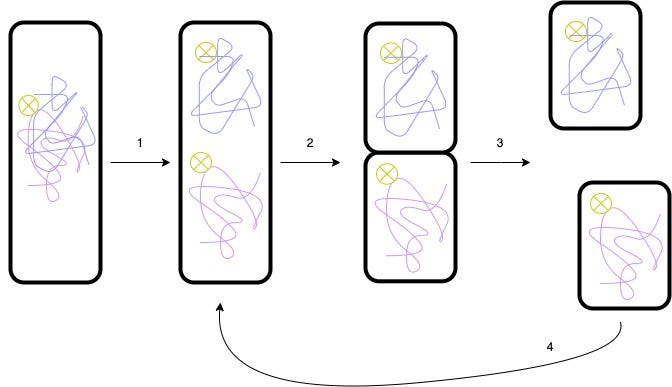[ad_1]
Going from a monolith to micro-services is commonly desired however many hand over. How do you guarantee this transformation with out being drowned in difficulties?
A number of groups have begun splitting their monolith into micro-services for the reason that spaghetti code was not maintainable.
Different groups select to begin a brand new mission since it’s one of the simplest ways to keep away from slipping into the monolith lure.
In each instances, they undergo and don’t see the advantages of the micro-services structure.
We’ll discover out why.
Micro-services add complexity in any respect ranges
It introduces intermediate serialization/deserialization and knowledge duplication which might be a bit tedious to take care of.
Backward compatibility and testing insurance policies between every pair of interacting modules have to be chosen for integration.
The providers needs to be deployable independently, with their very own versioning and launch cycles.
It’s vital to have the ability to observe a hint on a number of providers with the intention to debug.
However they aren’t the worst.
Splitting an software is troublesome
A great cut up is greater than only a technical cut up. It’s depending on the product, so there isn’t a magic components.
More often than not, the boundaries are ambiguous. Micro-services aren’t all the identical measurement. There will likely be tiny ones in addition to giant ones.
When a cut up is simply too small, we pay a excessive worth on all ranges, and going again is hard. We’re on the lookout for a related and long-lasting cut up.
Let’s check out the most typical obstacles throughout a transition to a service-oriented structure.
Traps to keep away from
- Divide by small edge components. It’s not very partaking: extra painful than helpful
- Make synchronized releases/deployments for all providers. It means improvement cycles will all the time be correlated and due to this fact sluggish.
- Over-design infrastructure. Overcomplexity slows groups down.
- Begin with no expertise on the topic. Choice will likely be tougher.
You don’t want micro-services
As we’ve seen, it’s not “free”. To arrange and keep the system, you’ll want data and other people.
It’s a answer at scale for big merchandise and enormous organizations.
Fortunately, this isn’t the one possibility. It’s preferable to decide on an alternate that’s applicable in your product and your organisation.
The choice: macro-service
A macro-service, with an “a”, has the identical properties as a micro-service however greater.
The benefit of a macro-service is to reduce some difficulties with micro-services like dependencies, cut up stacktraces, and so forth.
This makes it doable to step by step transfer in the direction of a service-oriented structure. The dimensions and variety of macro-services will rely in your wants and your staffing.
Nice, however how do you go from a monolith to macro providers?
Binary division
It’s a easy iterative and incremental technique. It goes like this:
- Divide the code into two components of roughly equal measurement. If vital, duplicate the code.
- Make a special container for every components to acquire two macro-services.
- Regulate the infrastructure and group
- As soon as secure, repeat with one of many macro-services.

The purpose is to deploy the brand new structure into manufacturing to validate a division. It permits adjusting the answer (routing, dependencies, checks, logs, deployment, versioning, and so forth.) earlier than making a brand new division.
It’s important to perform a gradual transformation by aligning the technological and organizational sides.
Don’t underestimate the complexity of a service-oriented structure. One of the simplest ways to succeed is to combine individuals who know the topic.
[ad_2]
Source_link
